Breeding
Michael and Niall are half way through the calving season, with only 32 cows left to calve. So far only 2 calves had to be assisted at birth and no c-sections have taken place.
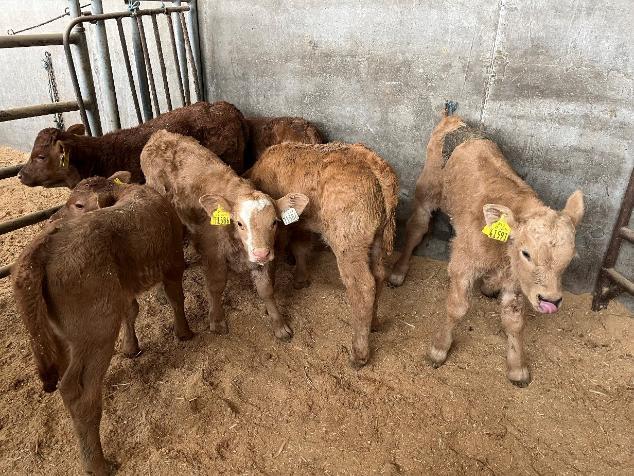 Photo 1: Some of the calves born to date
Photo 1: Some of the calves born to date
Three cows slipped embryos and will be sold live, 2 of these are being fed before sale to build up body condition. One of the embryos was from sexed semen. One sexed semen calf died at birth and a dairy beef calf was bought in for €300 and fostered onto the cow.
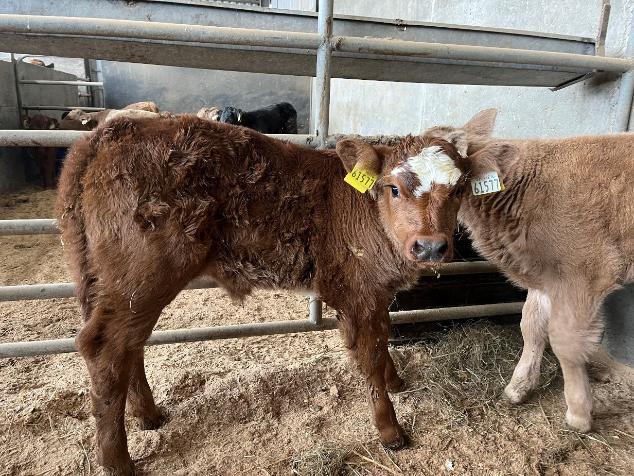 Photo 2: Heifer #1577 was born from a sexed semen straw from Curaheen Gunshot (S14147)
Photo 2: Heifer #1577 was born from a sexed semen straw from Curaheen Gunshot (S14147)
The cows and calves are out at grass full time, after spending the first 2 weeks of the calving season indoors due to cold weather and rainfall.
Michael and Niall’s attention is now turning towards the breeding season for 2025. Breeding will start on the first week in May. They plan to synchronise 40 cows and heifers and inseminate with conventional semen rather than sexed to achieve higher conception rates to AI. The synchronisation programme will have to start on 21st April for breeding on 1st May. The cows picked will be >35 days calved (i.e. before 17th March) and will have good milk, docility and daughter calving interval figures. The herd replacement index is currently at €125 with 18kg for carcass weight, 5kg daughter milk, -1.09 days on daughter calving interval and 0 on docility.
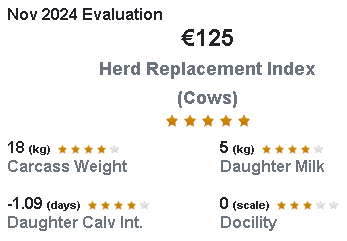
Figure 1: Herd Eurostar details
There are 12 heifers picked for breeding with an averaged replacement index of €148, 15kg for carcass weight, 6.2 kg on daughter milk, and -1.3 days on daughter calving interval which are improving on the average genetics that are currently in the herd.
Michael and Niall would like to breed replacements from a Limousin bull as they like to keep a golden/red colour for selling weanlings live. The milk figures and calving difficulty figures are important to them. While they are still considering the bull choices, Erebos (LM6172) is an example of one Limousin bull that has caught their attention. He is €185 on the replacement index with 5.6% heifer calving difficulty at 84% reliability. He is 8.3kg on daughter milk and 24.2kg on carcass weight.
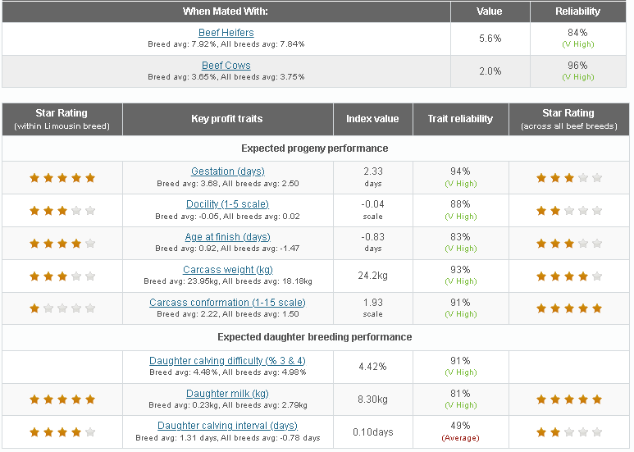 Figure 2: Breakdown of Eurostar traits for Erebos (LM6172) (Source: ICBF)
Figure 2: Breakdown of Eurostar traits for Erebos (LM6172) (Source: ICBF)
The Charolais stock bull can then run with the remaining cows. He is an excellent terminal bull at €128 on the index, with 42.5kg on carcass weight and 1.95 on conformation. However he is harder calving at 9.2% cow calving difficulty at 79% so is unsuitable for breeding with heifers. He is generally unsuitable for breeding replacements due to the high carcass weight and low daughter milk figure of -3kg.
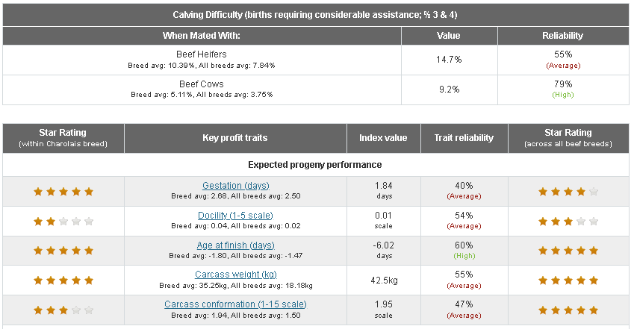 Figure 3: Breakdown of eurostar traits for CH stock bull (Source ICBF)
Figure 3: Breakdown of eurostar traits for CH stock bull (Source ICBF)
Grassland
Michael and Niall typically spread 20-30 units of protected urea/acre for the first round of fertiliser in February and follow up with 18-6-12 in March. However due to wet ground conditions these was no protected urea spread in February so they are now planned to spread approximately 1.5 bags of 18-6-12/acre this month.
The soil temperature on the farm on 4th March was 7.3oC which is perfect for applying fertiliser. Ground conditions were starting to dry up and the forecast was good for the following week so 6t of 18-6-12 was ordered (€500/t) and 4t of 38% protected urea (€515/t).
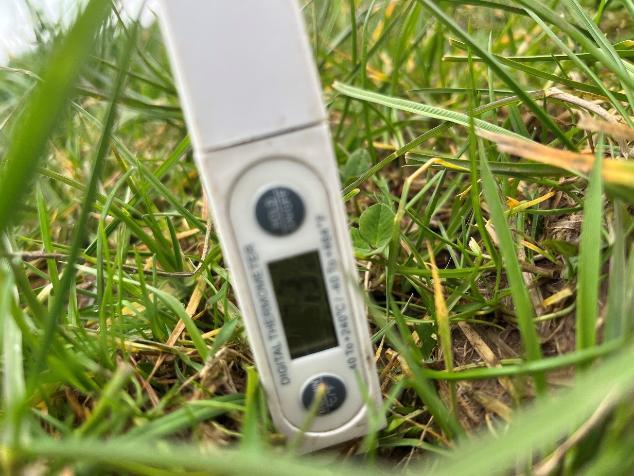 Photo 3: Soil temperature was checked before spreading fertiliser
Photo 3: Soil temperature was checked before spreading fertiliser
Attention is also turning to silage ground and the red clover ground will be prioritised for slurry at a rate of 2500 to 3000 gallons/acre using the dribble bar. The main grass silage crop will be grazed first by the cows and calves and will receiver slurry at the same rate, and be topped up with protected urea. Silage required 80-100 units of nitrogen, 16 units of phosphorus and 100 units of potassium (K) per acre. Slurry will meet most of the P and K requirements at 3000 gallons/acre and at 9 units of nitrogen/1000 gallons of slurry that only leaves 63 units of nitrogen/acre to be spread in the form of protected urea.
The fodder budget for 2025 shows that over 540 bales of silage will be needed for this winter for 56 cows, 40 weanlings, 1 stock bull and 14 yearlings over 120-150 days of winter.
At an average yield of 7 bales/acre, this means that 77 acres will have to be cut this year; or 39 acres will have to be closed for 2 cuts.
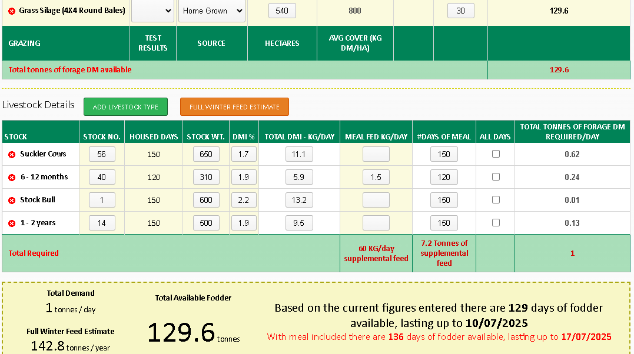 Figure 4: Fodder budget from PastureBase
Figure 4: Fodder budget from PastureBase
